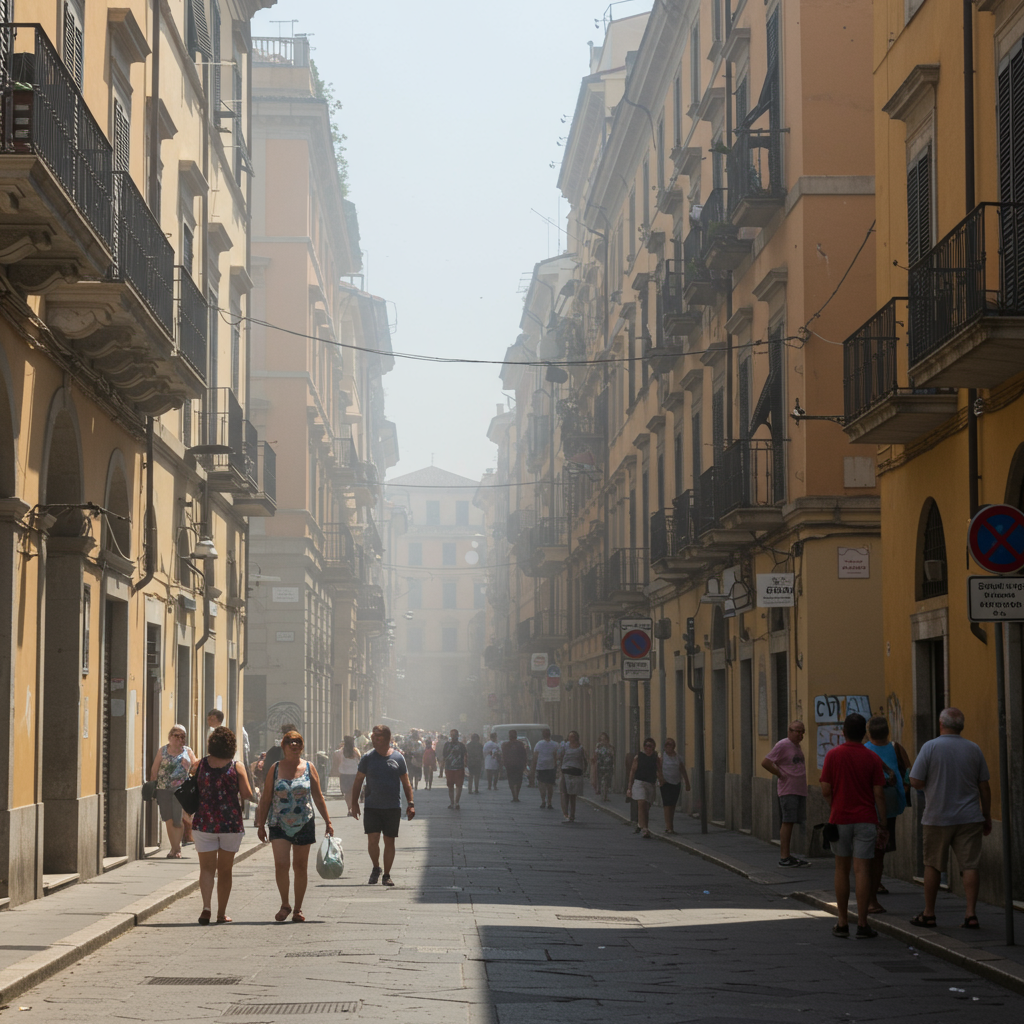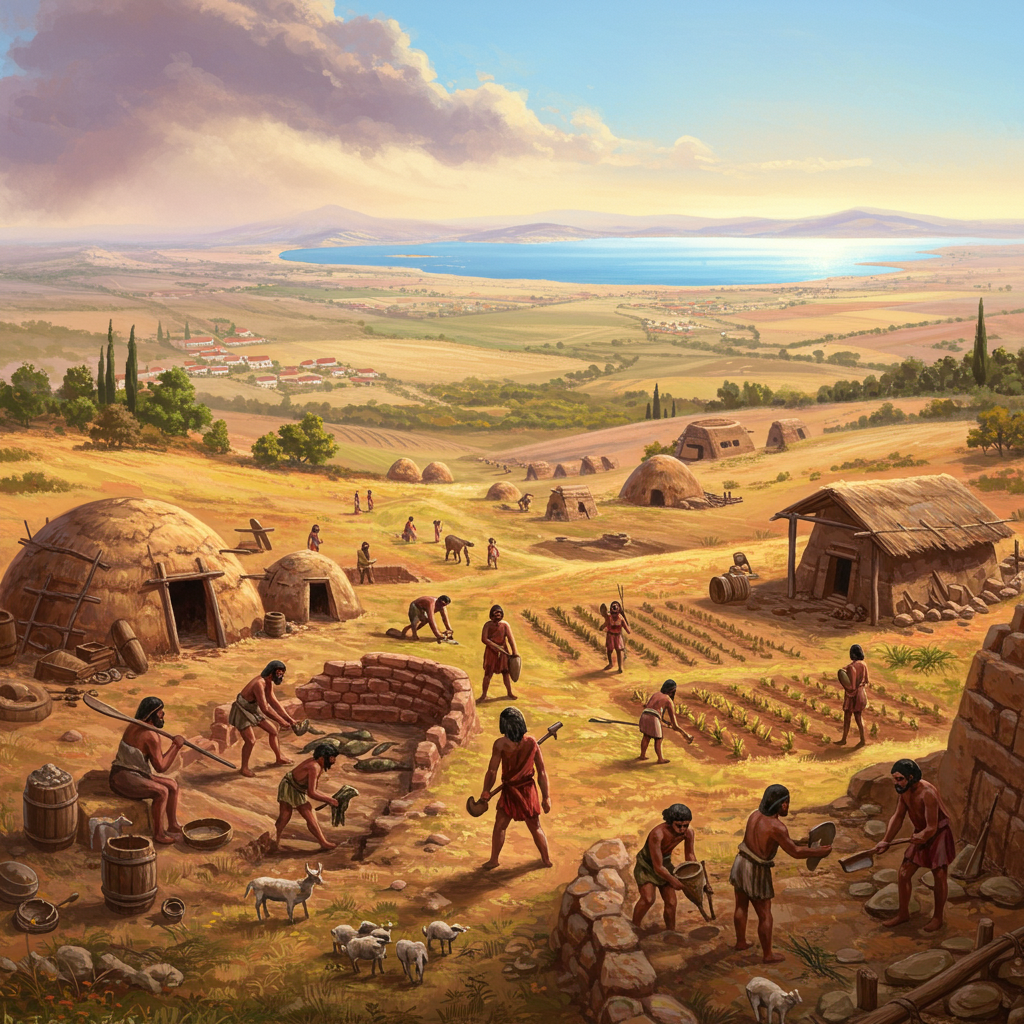Tibetan Buddhism’s revered spiritual leader, the dalai Lama, has unveiled a crucial plan for his succession, sending a clear signal that external powers, particularly china, will not dictate the future of the institution. This pivotal announcement comes just days before his 90th birthday, a milestone for the long-exiled spiritual figurehead. The development highlights the deep spiritual and political chasm between the Tibetan community and Beijing.
The statement was delivered via a pre-recorded video aired at the outset of a significant three-day religious conference held in Dharamshala, India. This Himalayan town has served as the Dalai Lama’s home since 1959, following his escape from Lhasa amidst a Chinese crackdown on a Tibetan uprising. While appearing frail in the video, the Dalai Lama spoke deliberately in Tibetan, outlining a process rooted in tradition and spiritual autonomy.
A Defining Announcement on Succession
The core of the Dalai Lama’s message centered on the continuation of the Dalai Lama lineage. He explicitly stated that the responsibility for identifying his next incarnation would rest with The Gaden Phodrang Trust. This is a dedicated religious body composed of Buddhist monks, integral to the functioning of the Dalai Lama’s office based in India.
An official English translation of his statement published on his website underscores the intent. It included a pointed declaration: “no one else has any such authority to interfere in the matter.” This phrase directly addresses China’s long-standing assertion that it holds the sole right to approve or appoint the next leader of Tibetan Buddhism. Tibet itself is officially an autonomous region under China’s control.
The Dalai Lama has previously offered thoughts on the potential nature of his successor. He has speculated the next incarnation could be an adult, possibly an “attractive” woman, or that the institution might not continue in its current form at all. Notably, in his recent book, Voice for the Voiceless, he asserted that his successor would be born “in the free world,” pointedly outside of China. The exact timing for the search remains unspecified, with the Dalai Lama only stating it will proceed “in accordance with tradition.” This process typically unfolds over several years following the passing of the current Lama.
Understanding the Tibetan Reincarnation Tradition
At the heart of Tibetan Buddhism lies the profound belief that high spiritual leaders, including the Dalai Lama, reincarnate after death. The current leader, originally named Lhamo Thondup, is the 14th in this significant lineage. He was born into a farming family in 1935.
According to tradition, when he was just two years old, a search party dispatched by the Tibetan government identified him as the reincarnation. They presented him with various items, some belonging to the 13th Dalai Lama. His ability to correctly identify possessions of his predecessor was a key indicator. His official website recounts the young child’s response, “It’s mine. It’s mine,” upon recognizing the previous Lama’s belongings. This recognition largely convinced the search party they had found the new incarnation.
Unlike ordinary beings, Tibetan Buddhist teachings suggest that highly realized lamas possess the capacity to control the circumstances of their rebirth. This includes influencing where and when they reincarnate. As Cameron Warner, an associate professor of anthropology and chairperson of the Leadership and Reincarnation of the Dalai Lamas Research Network, explains, “if the Dalai Lama, who’s alive now, says, I’m not going to reincarnate in China, from a religious sense, there’s nothing China can do about it.” This spiritual understanding provides a theological basis for the Dalai Lama’s insistence on a search outside of Chinese control.
The traditional search process after a Dalai Lama’s death is a complex undertaking. It typically involves a team of high-ranking lamas, often guided by a regent appointed by the previous Lama. This team seeks a “soul child” through various means, including interpreting omens, analyzing dreams, and following apparitions. Once potential candidates are identified, rigorous testing ensues, often involving recognizing personal items of the deceased Lama. Regents and tutors then oversee the extensive education and spiritual training of the recognized child, preparing them to assume the demanding role of a spiritual leader.
China’s Contested Claim to Authority
China’s government holds a starkly different view on the matter of the Dalai Lama’s succession. Beijing views the current Dalai Lama as a dangerous political figure, not solely a spiritual one. China Foreign Ministry spokesperson Mao Ning has described him as a “political exile engaged in separatist activities under the guise of religion.” She asserts that the spiritual leader “has absolutely no right to represent the people” of Tibet.
China bases its claim to authority on historical precedent and modern legislation. Mao Ning has stated that the reincarnation of high-ranking lamas requires “approval by the central government, follow religious rituals and historical customs, and be handled in accordance with national laws and regulations.” This position is codified in a 2007 Chinese law. This legislation mandates that searches for reincarnated lamas must take place within China and grants the government final say in their recognition. Beijing insists on utilizing the “golden urn” ritual, where candidates’ names are placed in an urn, and a lot is drawn to determine the recognized reincarnation.
Tibetan voices counter these claims by pointing out historical inconsistencies. They argue that not all previous Dalai Lamas were born within areas currently considered China, nor were all selected using the golden urn ritual. This suggests China’s current claims are more about modern political control than historical or religious fidelity.
China often references the Qing dynasty (1644-1912) as historical justification. Some Manchu emperors of the Qing era did cultivate relationships with Tibetan lamas, presenting themselves as patrons of Tibetan Buddhism. This patronage helped the emperors assert influence over vast territories, including Tibet and Mongolia. As Gray Tuttle, a professor specializing in modern Tibetan studies at Columbia University, notes, this was a pragmatic approach for ruling distant regions. “This is how empires work,” Tuttle observes. “They allow the local elite to rule their own region under the framework of an empire.” However, critics argue this historical relationship differs significantly from Beijing’s modern demand for direct control over the spiritual selection process itself.
The Risk of Competing Claimants
The possibility of the Tibetan government-in-exile selecting one successor and the Chinese government appointing another is a significant concern. This scenario could lead to two competing figures claiming the title of the Dalai Lama, creating confusion and division within the global Tibetan Buddhist community. While such a split might seem unprecedented in other religions, it is not entirely without parallel in Tibetan Buddhism.
Tibetan Buddhist doctrine allows for the concept of “emanations” or multiple simultaneous reincarnations of high-ranking lamas. The Dalai Lama himself is traditionally regarded by followers as an emanation of Avalokiteshvara, the Bodhisattva of Compassion.
A prominent example of competing claimants exists with the Panchen Lama, the second-highest ranking figure in Tibetan Buddhism. In 1995, the current Dalai Lama identified a six-year-old boy as the reincarnation of the 10th Panchen Lama. Beijing viewed this announcement as a direct challenge to its authority. Days later, Chinese authorities took the Dalai Lama’s chosen candidate into custody; his whereabouts remain unknown. China subsequently appointed its own candidate, who is recognized by Beijing but largely rejected by Tibetans.
China insists that its recognized Panchen Lama will play a crucial role in identifying the next Dalai Lama. However, Tibetan exiles dispute this, acknowledging the Panchen Lama’s historical input but denying he is the sole decider. For Tibetans, recognizing their spiritual leader transcends political mandates. As Lobsang Sangay, former president of the Tibetan government-in-exile and now a fellow at Harvard Law School, states, it is “a matter of faith. It’s something personal, something deep from your heart.” Sangay predicts that while China may install “a fake Dalai Lama,” most Tibetans and international observers will recognize the one chosen according to the current Dalai Lama’s instructions.
Cameron Warner adds that from a practical standpoint, many prominent Tibetan religious leaders already reside outside Tibet, primarily in India. However, he also acknowledges the profound sense of loss among Tibetans living in Tibet, who express sadness over the absence of their spiritual guides, describing it as a spiritual void.
Challenges Facing the Tibetan Community in Exile
The announcement regarding succession arrives during a particularly sensitive period for the global Tibetan community. Concerns persist regarding the Dalai Lama’s health due to his advanced age. Political dialogue with China remains frozen; formal talks haven’t occurred since 2010.
External pressures exacerbate the situation. Funding for the Tibetan government-in-exile has seen reductions, including significant cuts to USAID support under the previous US administration. China has also intensified control along its borders following widespread unrest in 2008. This has drastically reduced the number of Tibetan refugees managing to reach India annually, slowing a vital connection between Tibet and the exile community. Furthermore, China has undertaken ambitious settlement projects, constructing border villages and relocating millions of Han Chinese into Tibetan areas. Critics argue this is a deliberate attempt to alter the region’s demographic and ethnic composition. Geopolitical analysts suggest these settlements also serve as surveillance outposts for China.
Internally, the succession plan highlights an ongoing debate within the exile community. For decades, the Dalai Lama advocated a “middle-ground policy,” seeking genuine autonomy for Tibet within China rather than outright independence. However, some within the community believe this approach has yielded little progress and emboldened China. Pempa Tsering, the current president (Sikyong) of the exiled government, represents the challenging diplomatic position. Namgyal Dolkar Lhagyari, a member of the Tibetan parliament-in-exile, voices the sentiment that the conciliatory path has led China to take them “for granted.” She advocates for a more assertive stance, suggesting that if China doesn’t respond to proposals for autonomy within a specified timeframe, the goal should shift towards self-determination.
Marking a Milestone: The Dalai Lama’s 90th Birthday
Despite these significant political and existential challenges, the Tibetan community in Dharamshala is vibrantly preparing to celebrate the Dalai Lama’s 90th birthday. The town is adorned with posters and billboards honoring the spiritual leader.
Tens of thousands of followers, religious leaders from various Buddhist sects, prominent Indian politicians, and international devotees like actor Richard Gere are expected to attend days of planned cultural events and religious ceremonies. In the bustling marketplace outside the Dalai Lama temple, vendors like Sonam Tsomu are stocking up on traditional Tibetan handicrafts. Yet, for Sonam and many others, the birthday itself is a sacred day for reflection and prayer. “I will wear new clothes and attend prayers, like every year,” she says, expressing a common sentiment: “After all he is our mother, father, everything.”
The generations of Tibetans who have made Dharamshala their home represent a resilient community. Following the 1959 uprising, tens of thousands endured perilous journeys across the Himalayas to seek refuge near the Dalai Lama. Early refugees often found work as mountain porters or construction laborers, a path familiar to Tenzin Tsundue, a prominent Tibetan activist. The Indian government helped establish settlements like Dharamshala and Kollengel. Today, these communities are self-sufficient, running schools, hospitals, businesses, and electing their own leaders.
Some, like Tsundue, dedicate their lives to activism for Tibetan freedom and a return to their homeland, embracing a simple life focused on their cause. Their unwavering devotion and the community’s sustained cultural and political infrastructure in exile stand as a testament to the enduring influence of the Dalai Lama and the Tibetan people’s determination to preserve their identity and traditions against formidable odds.
Frequently Asked Questions
What is the traditional process for finding a new Dalai Lama?
The traditional process begins after the current Dalai Lama’s death. A search party, typically composed of high-ranking lamas and overseen by a regent appointed by the previous Lama, looks for signs and omens indicating the location of the reincarnation. This can involve interpreting dreams, observing natural phenomena, or following specific directions given by the deceased Lama. Once potential “soul children” are identified, they undergo tests, often involving recognizing possessions of the previous Dalai Lama. The recognized child then receives extensive spiritual and academic training.
Why does China claim the right to choose the next Dalai Lama?
China claims this right based on historical interpretations and modern law. Beijing asserts a historical connection dating back to the Qing dynasty emperors’ relationship with Tibetan Buddhism. More recently, a 2007 Chinese law explicitly mandates that the search for reincarnated lamas must occur within China and requires government approval for recognition. China frames this as governing a domestic religious affair within its territory, viewing the current Dalai Lama as a political exile undermining its control over Tibet.
Where does the current Dalai Lama live, and where will the succession search take place?
The current, 14th Dalai Lama lives in exile in Dharamshala, India, since fleeing Tibet in 1959. According to his recent announcement, the search for his successor will be conducted by The Gaden Phodrang Trust, a religious body associated with his office, also based in India. This plan directly challenges China’s demand that the search must occur within Tibet (which China controls) and under its supervision.
Conclusion
The Dalai Lama’s recent announcement regarding his succession plan is more than a procedural statement; it is a powerful assertion of spiritual independence and a direct challenge to China’s attempts to control Tibetan religious affairs. By vesting the authority for the search in the Gaden Phodrang Trust based in India, the Dalai Lama reinforces the Tibetan tradition of seeking reincarnation in the “free world” and outside of Beijing’s influence. While China insists on its legal and historical right to oversee the selection, the Tibetan community and international observers largely anticipate recognizing a successor chosen according to the Dalai Lama’s directives and traditional methods.
Coming at a difficult juncture for Tibetans, marked by external pressures, internal debates about political strategy, and concerns for the Dalai Lama’s health, the announcement underscores the resilience of the exile community. As preparations for his 90th birthday celebrations demonstrate, the Dalai Lama remains an indispensable spiritual and cultural anchor for Tibetans worldwide. The unfolding succession process will be a critical test of faith, tradition, and political will, likely resulting in continued tension between the Tibetan desire for spiritual autonomy and China’s assertion of political control.



